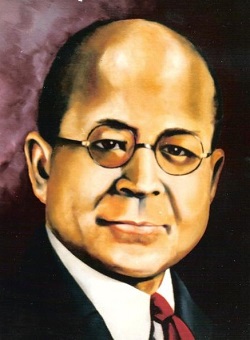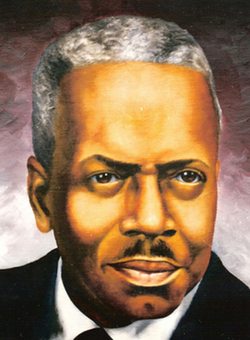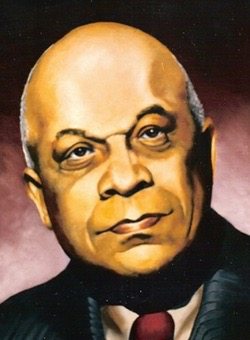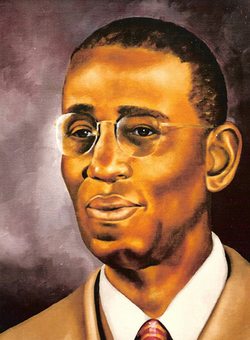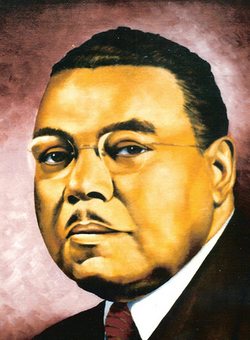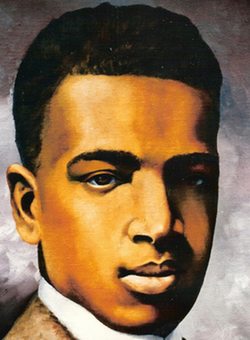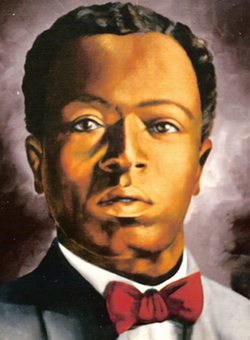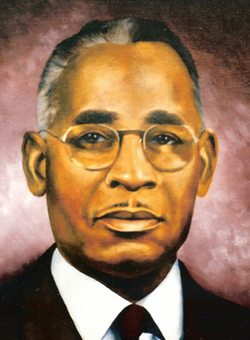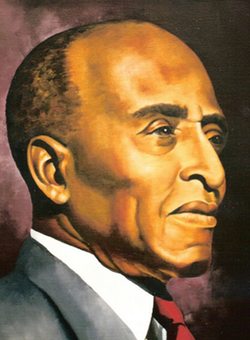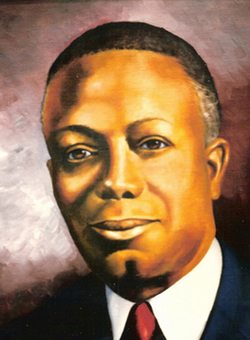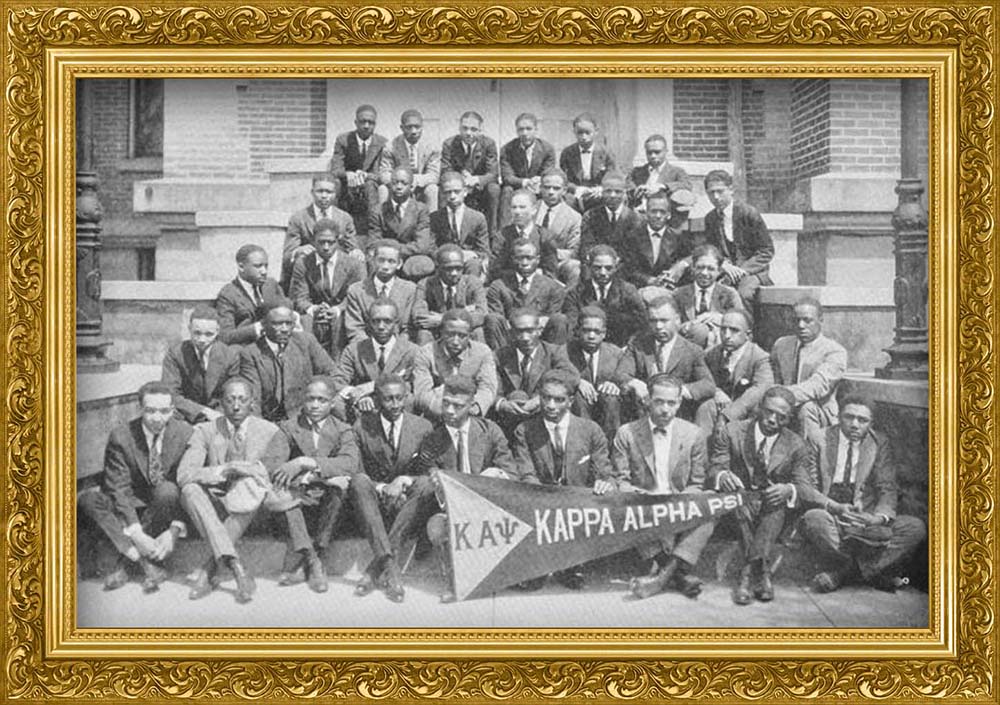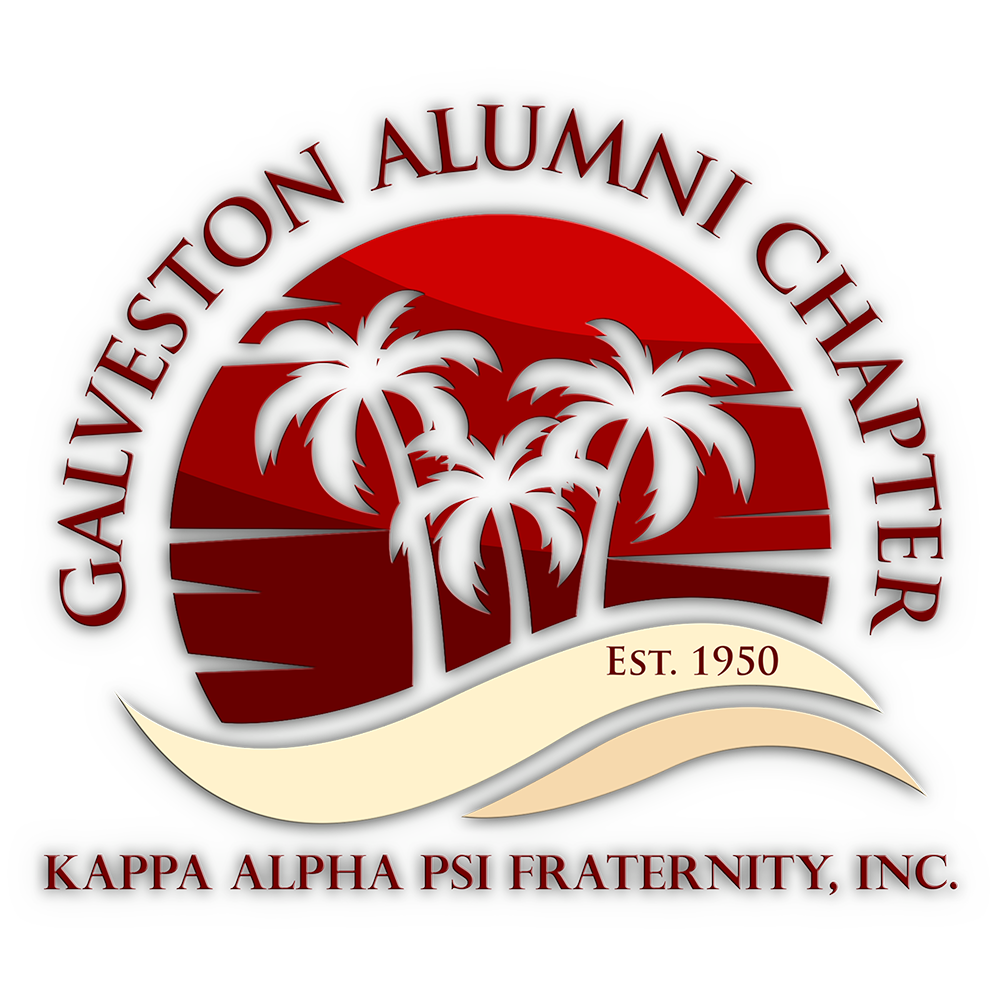Fraternity History
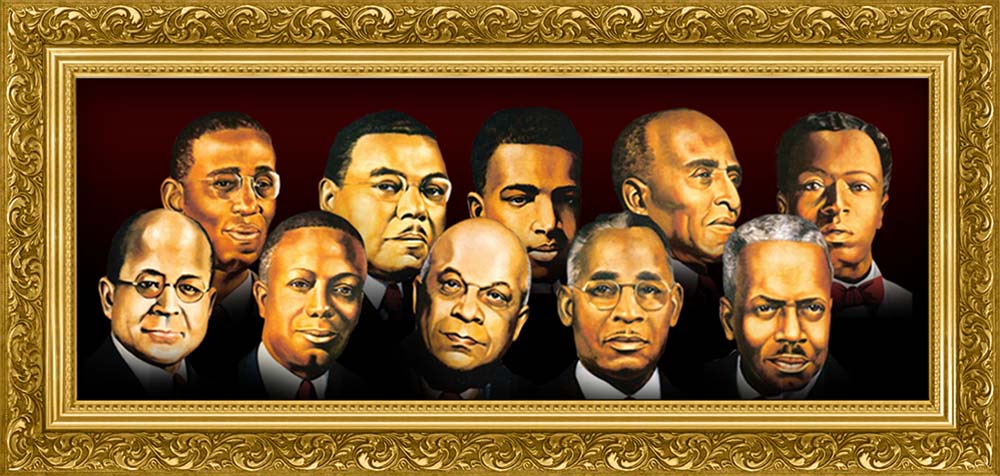
Kappa Alpha Psi: The Realization of a Vision
Kappa Alpha Psi Fraternity, Inc. stands as the crystallization of a dream—a vision brought to life by ten extraordinary men:
It was through the foresight and determination of these visionary founders that, during the 1910–1911 academic year—specifically, the night of January 5, 1911—the seed of a brotherhood was planted on the campus of Indiana University in Bloomington, Indiana. This fraternal bond, rooted in unity and purpose, has flourished, and borne fruit accessible to college men of all backgrounds, irrespective of color, creed, or national origin.
Kappa Alpha Psi is justly proud of the fact that its Constitution has never contained any clause that excluded or even suggested the exclusion of individuals based on race, religion, or nationality. From its inception, the Constitution has been founded upon the principles of achievement in every field of human endeavor and a commitment to a truly democratic Fraternity.
Originally chartered and incorporated as Kappa Alpha Nu on May 15, 1911, under the laws of the State of Indiana, the name was officially changed to Kappa Alpha Psi following a resolution passed at the Grand Chapter meeting in December 1914. This change took effect on April 15, 1915, through a proclamation by then Grand Polemarch Elder Watson Diggs, thus solidifying the Fraternity’s Greek-letter identity.
For the first six formative years, Brother Diggs served as the Grand Polemarch, guiding the Fraternity through its most critical stages. Alongside Byron K. Armstrong and John Milton Lee, who comprised the original Grand Board of Directors, Diggs played a pivotal role in steering the young organization through its early challenges. Their tireless dedication laid the foundation for a Fraternity built to endure and grow.
In its first year, Diggs and Armstrong completed the ritual and began designing the coat of arms, which they, along with Lee, completed during a summer working at a hotel in Fort Wayne, Indiana. Seeking an appropriate motto, the trio enlisted the help of a Greek art professor from Indiana Technical College. Once a fitting motto was selected, they commissioned a commercial engraver in Fort Wayne to produce the first metal plate of the coat of arms.
To protect the Fraternity’s sacred rituals, Diggs initially typed and hand-bound each copy himself. It wasn’t until he relocated to Indianapolis and met a trusted German printer that he entrusted the printing of the Fraternity’s esoteric materials to a professional.
In 1912, Diggs authored the first Constitution in a small blue exam booklet. This version was adopted in 1920 with minor revisions, remaining in use until 1926 when a codified edition was collaboratively rewritten by Diggs, J. Ernest Wilkins, and W. Ellis Stewart. A major revision followed in 1957.
With its foundation set—complete with a Constitution, Ritual, coat of arms, and motto—the Fraternity was poised for growth. In summer 1912, Diggs visited the University of Illinois at Urbana, where he connected with Earl B. Dickerson, President of the “Illini Club.” This group formed the nucleus of Beta Chapter, chartered on February 8, 1913.
The Fraternity continued to expand:
- Gamma Chapter (originally Indianapolis Alumni Chapter): December 29, 1913
- Delta Chapter, University of Iowa: March 7, 1914 (later reassigned)
- Epsilon Chapter, Lincoln University (PA): December 4, 1915 – the first chapter in the East, personally installed by Elder Watson Diggs
With this foundational period complete, Kappa Alpha Psi entered an era of expansion, only temporarily slowed by the World Wars. Throughout its growth, the Fraternity remained steadfast in its values and purpose.
Recognizing early on the evolving perspectives of college administrations toward Greek life, Kappa Alpha Psi led the way in implementing reform. It banned physical hazing and emphasized constructive activities during pledgeship and probation, marking a turning point in fraternal culture.
Today, Kappa Alpha Psi Fraternity, Inc. stands as a mature and forward-moving organization—rooted in tradition, propelled by purpose, and inspired by the enduring legacy of its founders.
